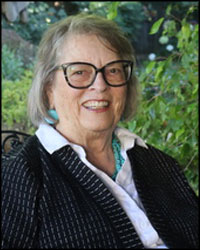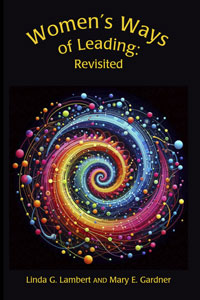« The D.H. Lawrence Ranch, Taos | Larger than Chaco? Really? Hupobi Pueblo near Ojo Caliente »
Community Leadership-Implications for Native Americans
We have been discussing community leadership with an archeologist friend, Jeff, here in Taos. One compelling issue is how different forms of authority relate to community effectiveness and sustainability, particularly among Native American communities that exist as well as those that no longer exist. Jeff pointed out other features, such as size and structure, that influence how authority is distributed and used.
Formal authority is derived from position or role, usually delegated by a ruling group, tradition, inheritance, policy or law. Formal authority is not necessarily wielded by one with competence or expertise. Pueblos and other Indian communities assign formal authority to men or women, usually one or the other. The Taos Pueblo is strongly patrilineal, although there are a remarkable number of powerful women there.
Informal authority, on the other hand, is derived from expertise/competence, credentials, force of persona through individual power, extraordinary performance (or act of bravery or unique leadership), and inventiveness. Informal authority is related to effective leadership, often obtained by women, especially when they are not part of the formal authority structure. Men and women who possess both forms of authority are usually thought to be leaders.
The dynamic between formal and informal authority creates the strength and effectiveness of community leadership. This dynamic may involve mutual or reciprocal support, problem solving, pressure, conflict resolution, shared expertise and mutual respect. When individuals possess both forms of authority, they might be thought of as “charismatic leaders.” If such a leader has the foresight to build leadership capacity (broad based, skillful participation in the work of leadership) among its members, this community can become powerful, innovative, effective and sustainable. If an individual uses directive, authoritarian tactics, communities often shrivel and die when that leader dies or falls from grace.
How might we “see” such communities? What “proxies” for communities exist?
• continuity, longevity, sustainability (still in existence);
• structures with particular durability indicating unique inventive construction;
• products (e.g. pottery) and tools that involve multiple steps (three or more);
• products from multiple traditions indicating assimilation (e.g. similar pottery or farming practices);
• burial practices that involve a return to the community over multiple generations.
Other ideas…?
Next: A journey to the abandoned Hupobi Pueblo near Ojo Caliente—larger than Chaco!
Leave a Reply




